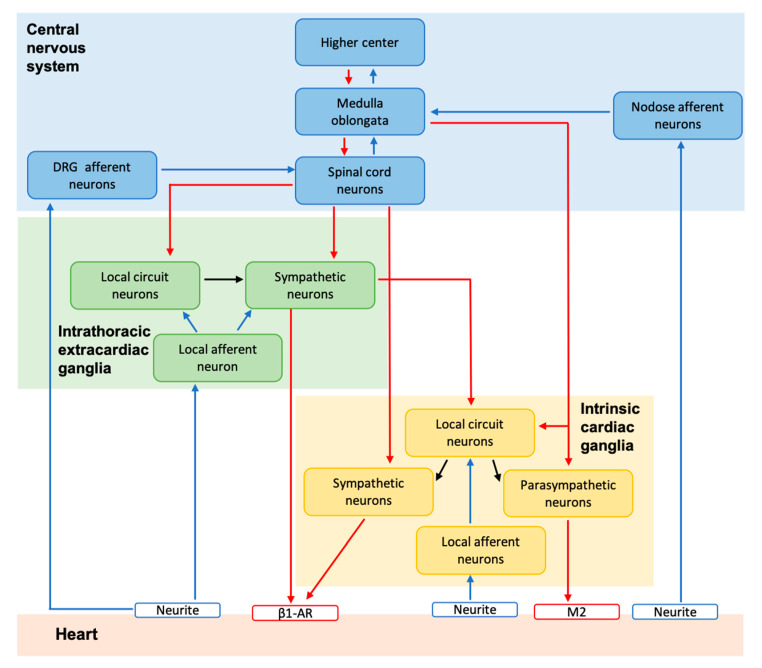By the look of the topics I have explored through these curiosity boxes, neuroscience seems to be a topic of particular interest. This week,
1 – Can the heart think?
2 – What is the science behind anxiety?
1 – Can the heart think?
An axiom that is familiar to all of us is “Think with your brain and feel with your heart”. But a recent WhatsApp forward made me think if the heart has a brain of its own? And if it does have a brain of its own, can it think?
An up-and-coming field of research claims a heart can think. The researchers imply that a mammal’s heart has an interconnected and intricate nervous system known as the intrinsic cardiac nervous system. This network of neurons is commonly referred to as the “little brain”, and it functions autonomously to a certain degree.

The cardiac nervous system works with the central nervous system and comprises of approximately 40,000 neurons. This nervous system sends more signals to the brain’ emotion centre than vice versa. Hence, with the collected evidence, researchers believe that this nervous system can be compared to function as a brain of its own.
As the cardiac nervous system communicates directly with our brain’s emotion centre, pain associated with negative memories linger in both the brain and heart. This lead to a question if treatment only to the brain would suffice to cure the pain associated with negative memories. The speaker in the video believes that healing the heart is just as essential to fixing the brain’s maladies. How? Is it possible? A topic for next week.
2 – What is the science behind anxiety?
A brain is naturally designed to function with a small dose of fear and anxiety. Having these have helped our ancestors to survive many moons ago. Although they might seem interchangeable, fear and anxiety are not the same.
Anxiety is more than fear; it is defined as a feeling of worry, nervousness, or unease. Anxiety is a consequence of the constant chatter between the different regions of our emotion centre, i.e. the brain’s limbic system that comprises the hippocampus, amygdala, hypothalamus, and thalamus. It becomes a problem when this chatter between different regions goes into an overdrive mode.
Because of this hyperactive emotion centre, people with this disorder experience any normal situation with an added worry and fear component.
Also, this creates 4 major effects on our body.
1 – The anxious brain has an inherent fear that something terrible is about to happen, so it releases, in excess, a flood of stress hormones to ensure the body is ready for a fight or flight situation. The implications of too much stress are many.
2 – In an anxious brain, the amygdala is larger, enabling to react quickly to threats. But that also results in an out of proportion reaction to insignificant threats.
3 – An hyperactive emotion region hinders the normal functioning of the prefrontal cortex, which is responsible for the brain’s cognitive functioning.
4 – Another physiological change in the brain is that the hippocampus shrinks. The hippocampus is responsible for storing long-term memory. However, an anxious brain tricks the hippocampus to believe that fear responses are safe to store. So the fewer memories you hold will be associated with your anxious moments, thereby giving you a sense of constant worry.
Today, advances in science and technology have allowed scientists to find ways to fend these negative responses off. Consequently, the treatments have developed. If only we had direct conscious control over what happens in our brain. Easier said than done.
Felt like a medical student !!!